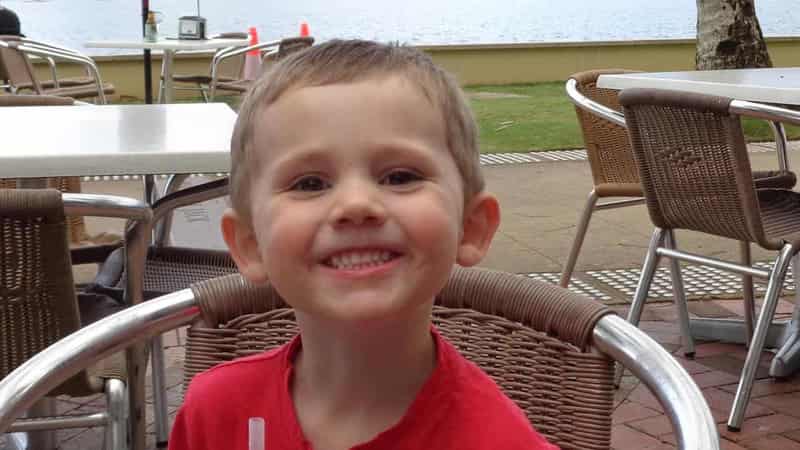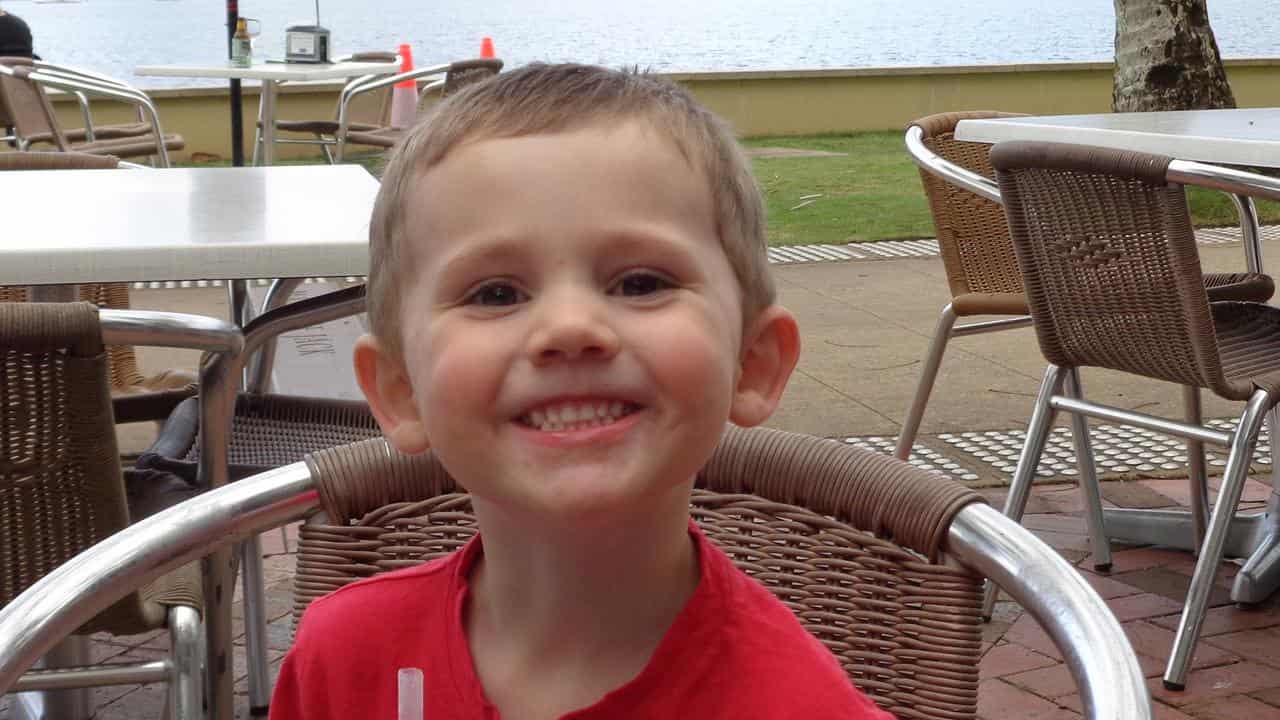
William Tyrrell's foster mother has been verbally abused outside an inquest into his disappearance as a coroner probes the possibility she disposed of the toddler's body more than a decade ago.
But the inquest on Tuesday was told there was no evidence that anyone had been seen moving the three-year-old's remains.
NSW deputy coroner Harriet Grahame noted this lack of proof when admitting a report on the possibility wild dogs could have removed William's remains from the Kendall area.
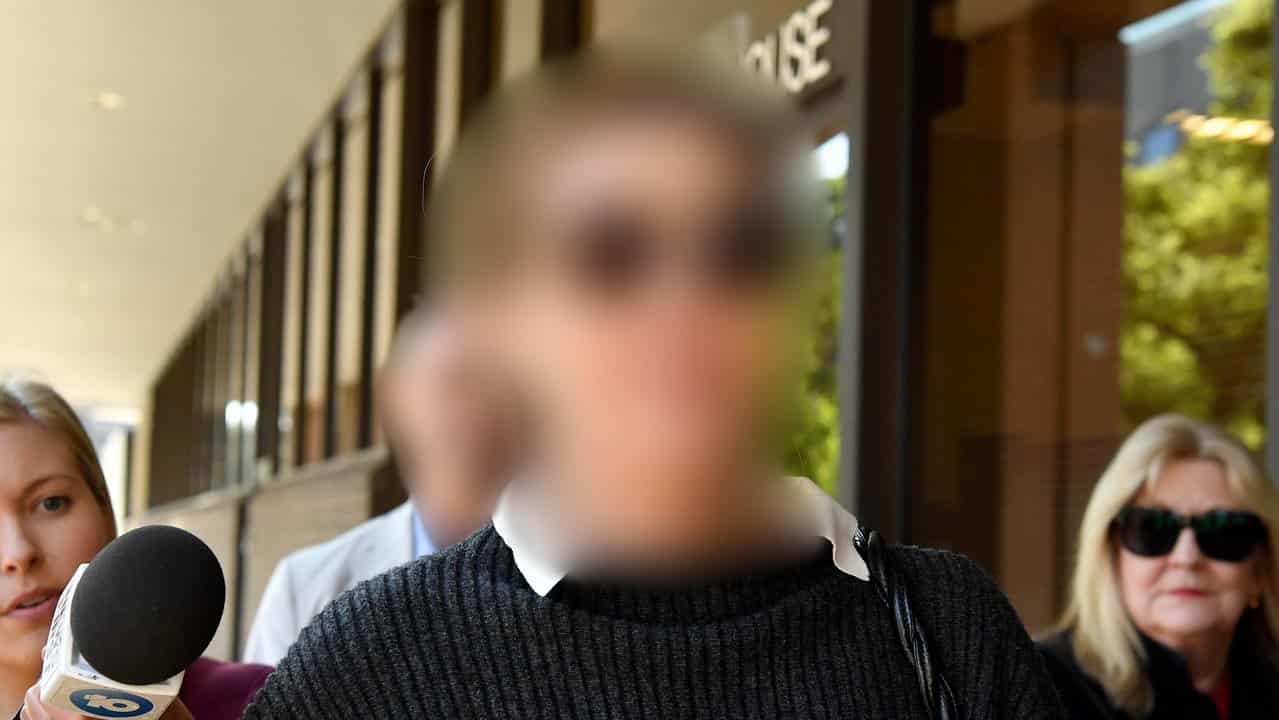
"I pause to say there is actually no evidence that anyone has been seen placing a body here or anywhere else," she said.
Earlier in the day, Ms Grahame heard the foster mother had been publicly named and abused outside Lidcombe Coroners Court on Monday afternoon.
Strict legal orders are in place preventing her identity from being disclosed.
"Fairness is deserved by all who come here for whatever reason," counsel assisting Gerard Craddock SC said.
"That sort of conduct is something that could, if established, amount to a punishable contempt of court."
Ms Grahame said she was disappointed and disturbed by the conduct.
"I do issue a stern warning, please behave in an appropriate manner,” she said.
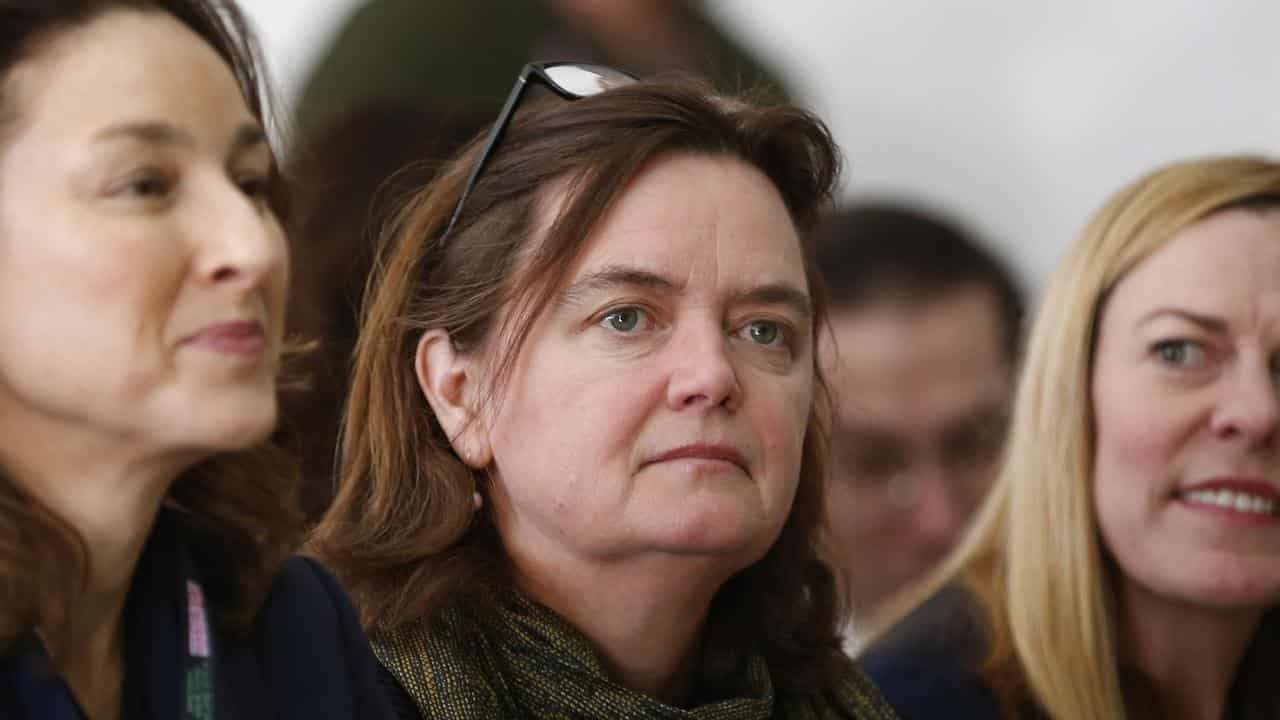
William went missing while playing on the verandah at his foster grandmother's home in Kendall, on the NSW mid-north coast, on September 12, 2014.
On Monday, Mr Craddock said the inquest would focus on a police search in 2021 as well as a theory that William died in an accident on the property and that his foster mother disposed of his body.
The alleged motive was that the woman and her husband would lose custody of another child under their care if the death was uncovered.
The foster mother denies having anything to do with William's disappearance.
Forensic anthropologist Jennifer Menzies was recruited by NSW Police in June 2022 to determine the possible state of the toddler's skeletal remains if his body was dumped near his foster grandmother's house.
"I cannot state with certainty whether his remains are likely to be preserved or otherwise," she wrote in her report.
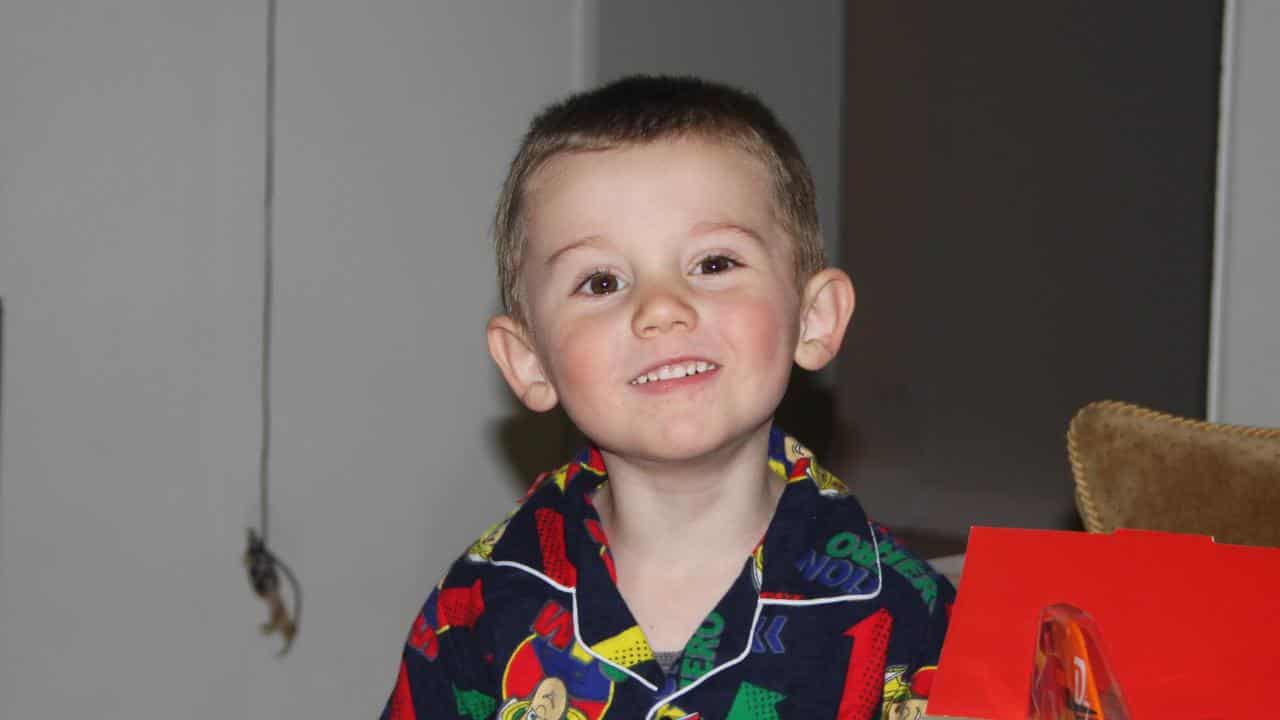
Dr Menzies told the court that whether human bones deteriorated or remained intact outdoors depended on various factors including the acidity of the soil, the air temperature, scavenger activity and the density of the remains.
Some child skeletons exhumed in Parramatta in 2006 and at the Prince of Wales Hospital in the 1990s were still intact after over a century, the court was told.
Sergeant Robyn Ross, a police intelligence analyst collating tip-offs received by the force, said thousands of emails, calls and letters had been compiled into a spreadsheet of possible persons of interest.
There were still leads to chase up after investigators whittled down the total number of individuals on the list by cross-checking information from government agencies, like road and transport authorities.
Senior Constable Jost Preis gave brief evidence about how he used data from GPS trackers worn by police and others combing around the Kendall home in 2018 and 2021 to form a colour-coded map of the entire search area.
The court was also told about the use of police dogs in the days after William vanished.
Senior Constable Adam Aitken described how he pored over neighbouring properties and bushland for days in September 2014 with cadaver dog Digger.
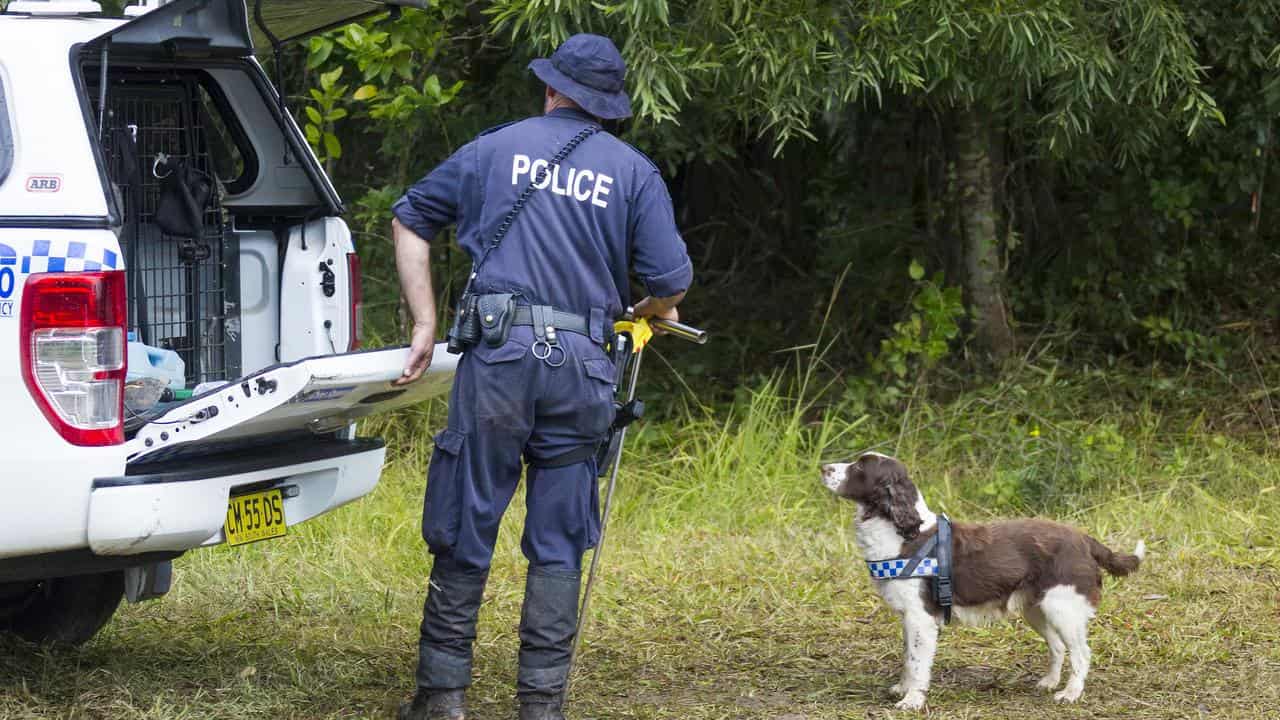
A different area was canvassed by Senior Constable Matthew Gates, who had to fight through heavy bush and scrub, leaving his dog Gov infested by paralysis ticks.
“In your opinion, would it be almost impossible for a three-year-old to fight his way through that bush?" Mr Craddock said.
"I believe it’s basically impossible, yes," Sen Const Gates replied.
The inquest continues on Wednesday.
